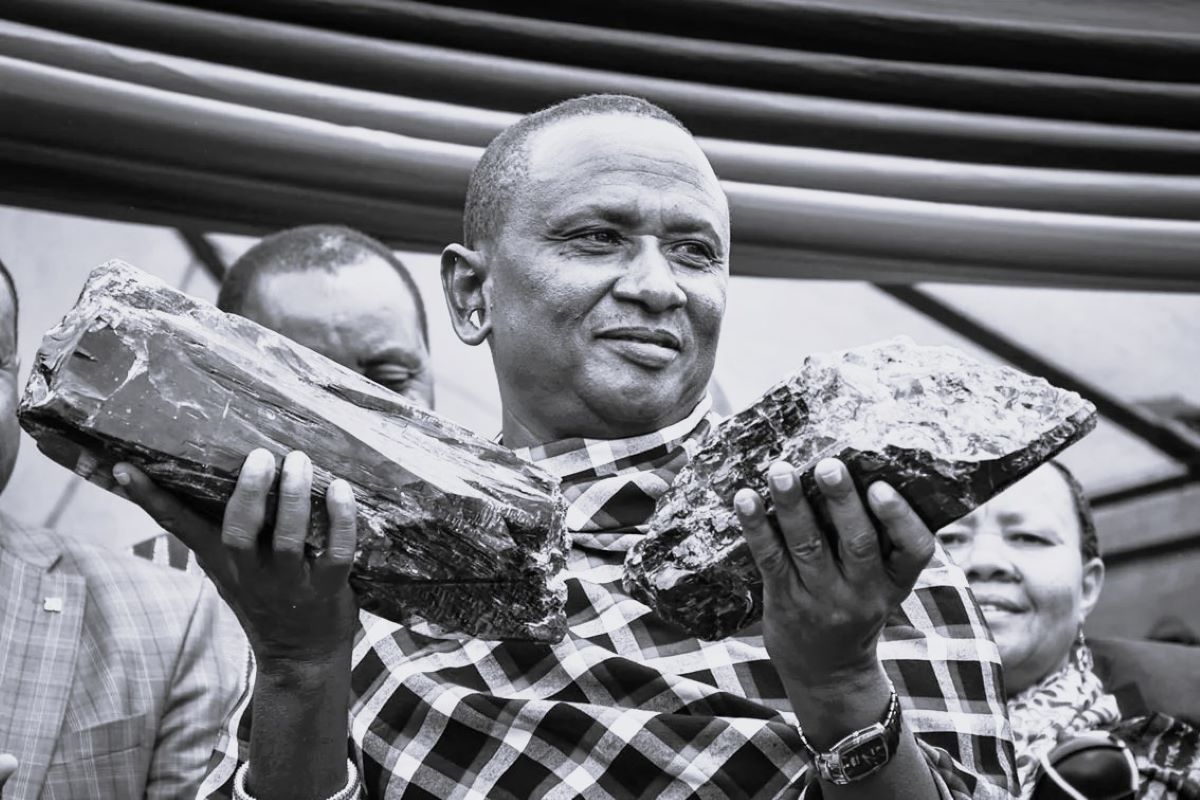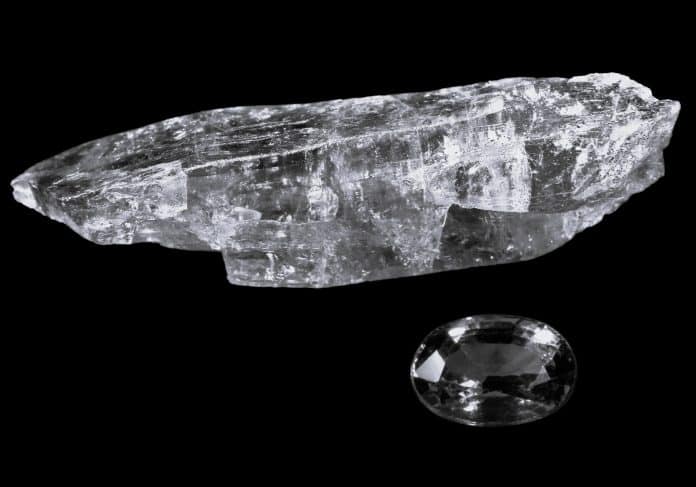Discovering the Uncharted Territory of Tanzania’s Geology and Mineral Map: What You Need to Know
Tanzania, a country located in East Africa, is known for its rich geological diversity and abundant mineral resources. The geology and mineral map of Tanzania is a valuable tool that provides crucial information about the country’s geological formations and the distribution of its mineral wealth. Understanding this map is essential for anyone interested in the exploration and exploitation of Tanzania’s mineral resources. In this article, we will delve into the uncharted territory of Tanzania’s geology and mineral map, highlighting its importance, key features, impact on the economy, challenges, opportunities, and future prospects.
Importance of understanding Tanzania’s geology and mineral resources
Understanding Tanzania’s geology and mineral resources is of utmost importance for various stakeholders, including government bodies, mining companies, investors, and researchers. The geology and mineral map serves as a guide for identifying potential areas for mineral exploration and extraction. By studying the map, geologists can gain insights into the geological history, rock formations, and mineral deposits present in different regions of Tanzania. This information is crucial for developing strategies for sustainable mining practices, optimizing resource allocation, and ensuring the long-term viability of the mining industry.
Overview of Tanzania’s geology and mineral map
Tanzania’s geology is incredibly diverse, ranging from ancient Precambrian rocks to recent volcanic formations. The country is divided into several geological regions, each characterized by unique rock types and mineral occurrences. The geology and mineral map captures these regional variations, providing a comprehensive overview of Tanzania’s geological diversity. It showcases the distribution of minerals such as gold, diamonds, gemstones, tin, nickel, uranium, and many others. The map also highlights the location of major geological structures, fault lines, and mineralized zones, helping geologists identify areas with high mineral potential.
Key features of Tanzania’s geology and mineral map
The geology and mineral map of Tanzania is a treasure trove of information. It provides detailed geological and mineralogical data that can be used to assess the economic viability of mining projects. The map offers insights into the age, composition, and origin of various rock formations, allowing geologists to understand the geological processes that shaped Tanzania’s landscape. It also includes information about the mineralogy, grade, and tonnage of different mineral deposits, aiding in resource estimation and mine planning. Additionally, the map highlights areas of geological significance, such as volcanic centers, mineralized belts, and areas prone to natural hazards, enabling effective risk assessment and mitigation strategies.
Exploring the mineral resources of Tanzania

Tanzania is blessed with a wide range of mineral resources that have the potential to drive economic growth and development. The country is one of the largest producers of gold in Africa, with major gold mines located in the Lake Victoria Goldfield and the Mpanda Mineral Field. Tanzania also boasts significant deposits of gemstones, including tanzanite, ruby, and garnet. Other important minerals found in Tanzania include diamonds, nickel, tin, coal, iron ore, and uranium. The geology and mineral map plays a crucial role in identifying new mineral prospects and attracting investment in the mining sector.
Impact of Tanzania’s geology and mineral map on the economy
Tanzania’s mining industry is a significant contributor to the country’s economy. The geology and mineral map plays a pivotal role in attracting foreign direct investment and promoting sustainable mining practices. By providing accurate information about mineral resources and their distribution, the map helps investors make informed decisions regarding exploration and mining projects. The revenue generated from mining activities contributes to government coffers, enabling the funding of infrastructure development, social welfare programs, and poverty reduction initiatives. Furthermore, the mining industry creates employment opportunities, stimulates local economies, and drives technological advancements in related sectors.
Challenges and opportunities in Tanzania’s mining industry

Despite the vast mineral wealth of Tanzania, the mining industry faces several challenges. One of the major challenges is the lack of infrastructure in remote mining areas, making transportation and logistics difficult. Additionally, inadequate access to financing, regulatory uncertainties, and bureaucratic red tape pose hurdles to investment in the sector. Furthermore, environmental concerns and the need for sustainable mining practices require continuous monitoring and strict adherence to regulations. However, these challenges also present opportunities for innovation, technological advancements, and collaboration between the government, mining companies, and local communities to address these issues and ensure responsible mining practices.
Geological exploration and mapping in Tanzania
Geological exploration and mapping are essential components of the mining industry in Tanzania. The government, in collaboration with private exploration companies, carries out systematic geological surveys and mapping to identify and assess mineral potential. These surveys involve field mapping, geophysical and geochemical surveys, and remote sensing techniques. The data collected during these surveys are integrated with existing geological knowledge to update and refine the geology and mineral map. This continuous exploration and mapping process help in discovering new mineral deposits, expanding existing mines, and updating the knowledge base about Tanzania’s geology.
Future prospects and developments in Tanzania’s geology and mineral map
As Tanzania strives to maximize the benefits from its mineral resources, the future prospects for the country’s geology and mineral map are promising. The government is actively promoting the development of the mining sector through policies that encourage investment, streamline regulations, and protect the environment. Ongoing geological surveys, exploration projects, and technological advancements will contribute to the continuous updating and improvement of the geology and mineral map. Furthermore, partnerships with international organizations and knowledge sharing initiatives will enhance Tanzania’s capacity in geological research and mineral exploration.
Tanzania’s geology and mineral map is a valuable asset that provides essential information about the country’s geological formations and mineral resources. Understanding this map is crucial for sustainable mining practices, attracting investment, and driving economic growth. The map highlights the diversity of Tanzania’s geological landscape and the abundance of its mineral wealth. Despite the challenges faced by the mining industry, Tanzania’s geology and mineral map present numerous opportunities for exploration, development, and responsible mining practices. As the country continues to develop its mineral sector, the geology and mineral map will play an increasingly important role in shaping Tanzania’s future as a major player in the global mining industry.

































